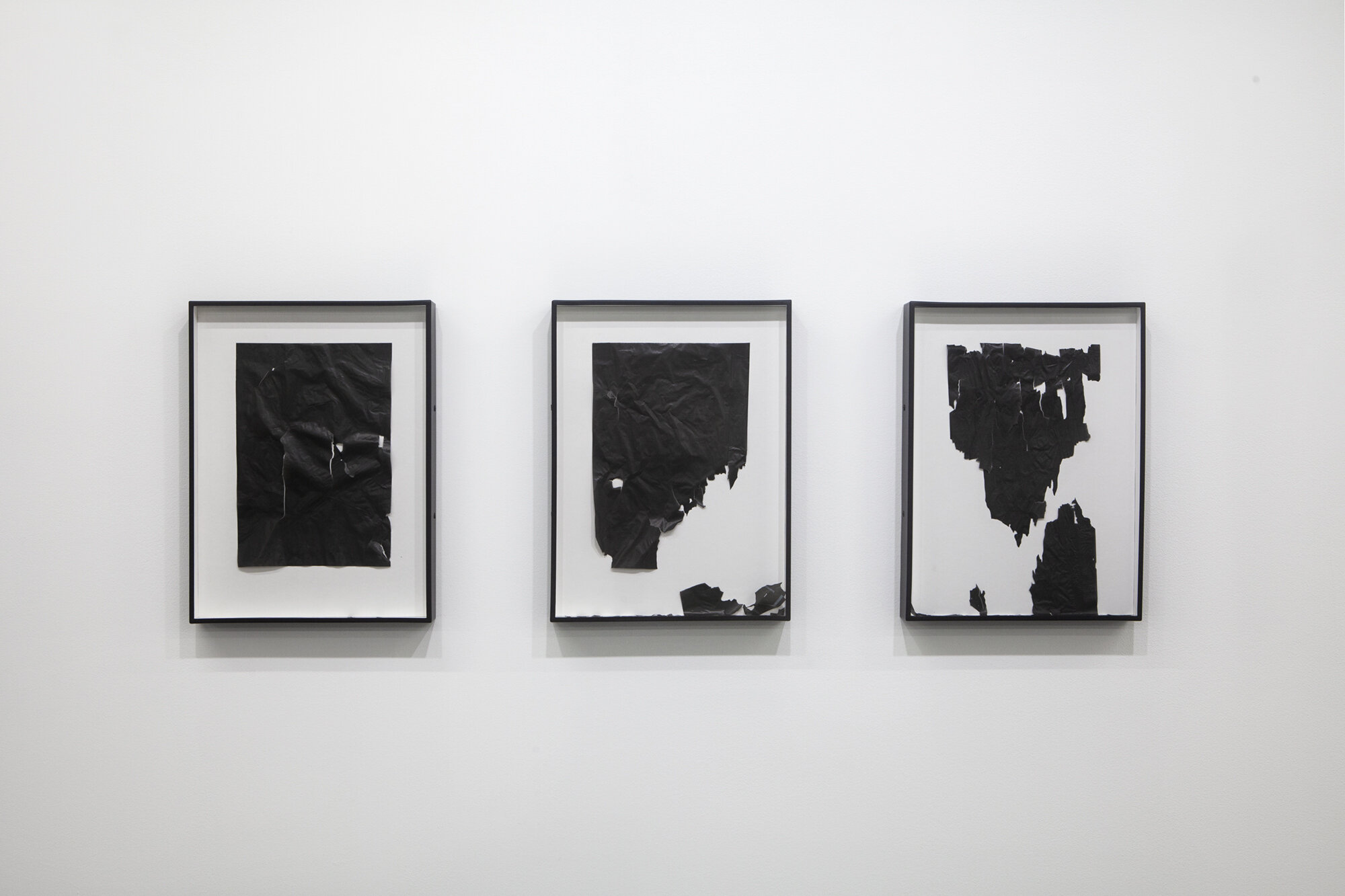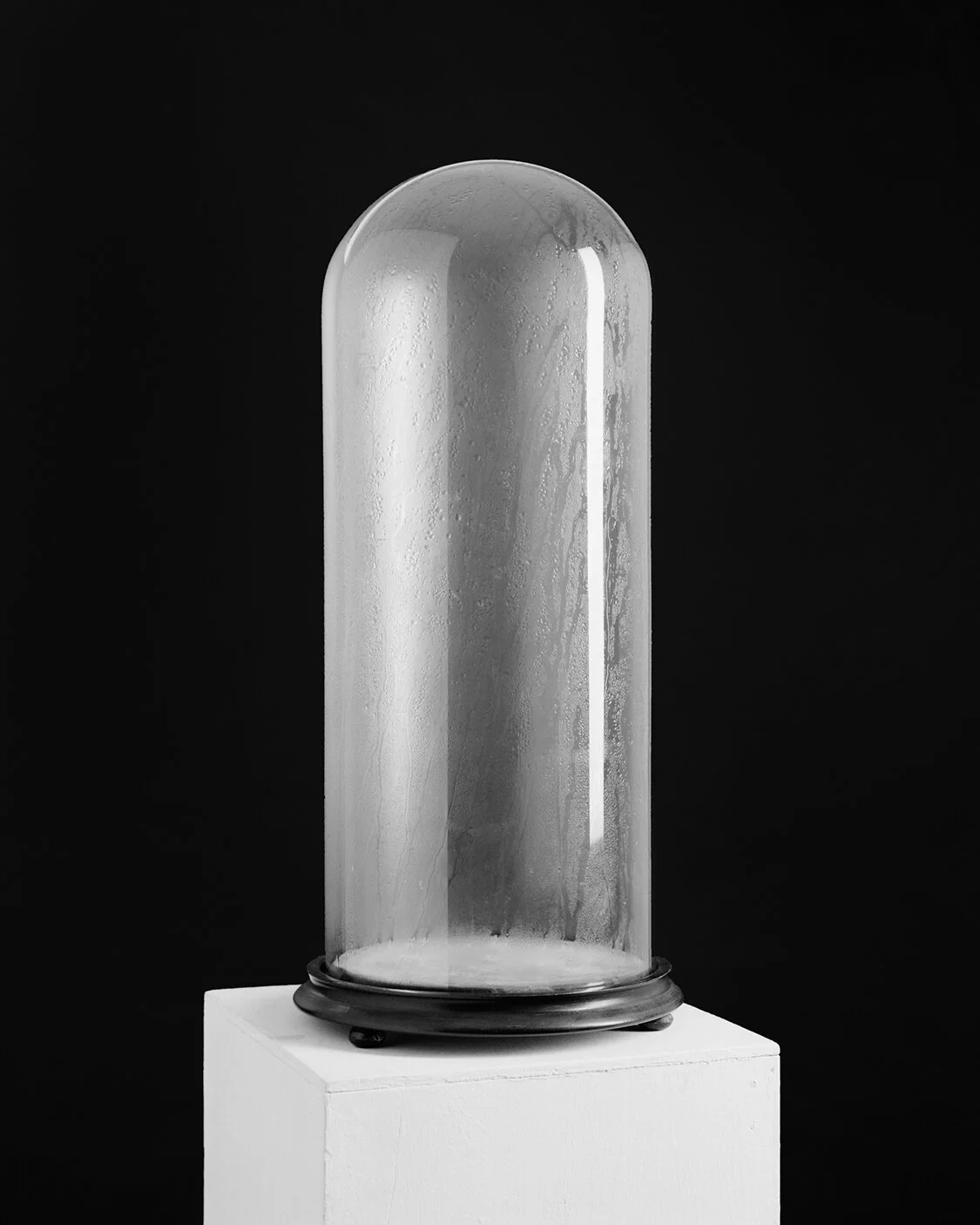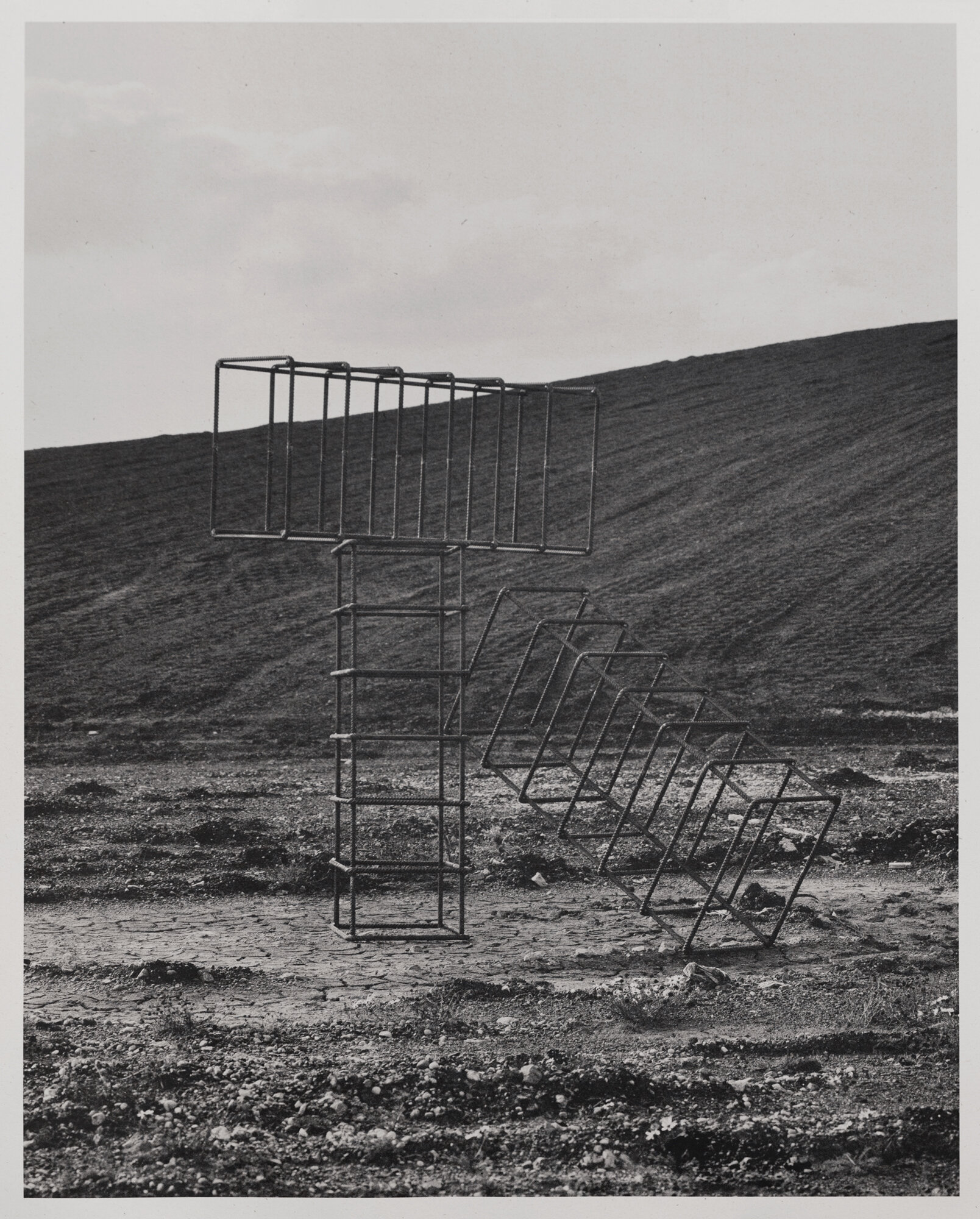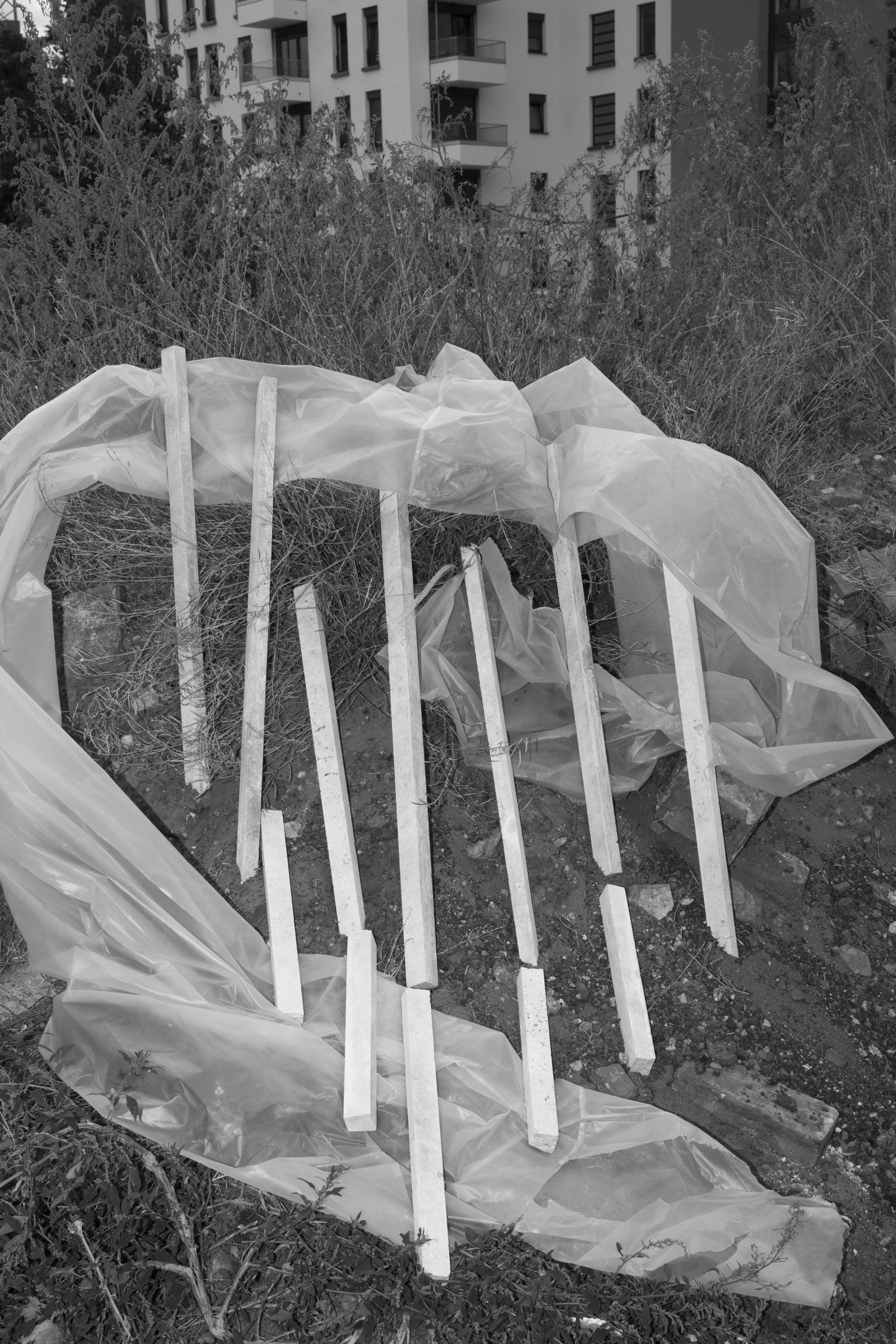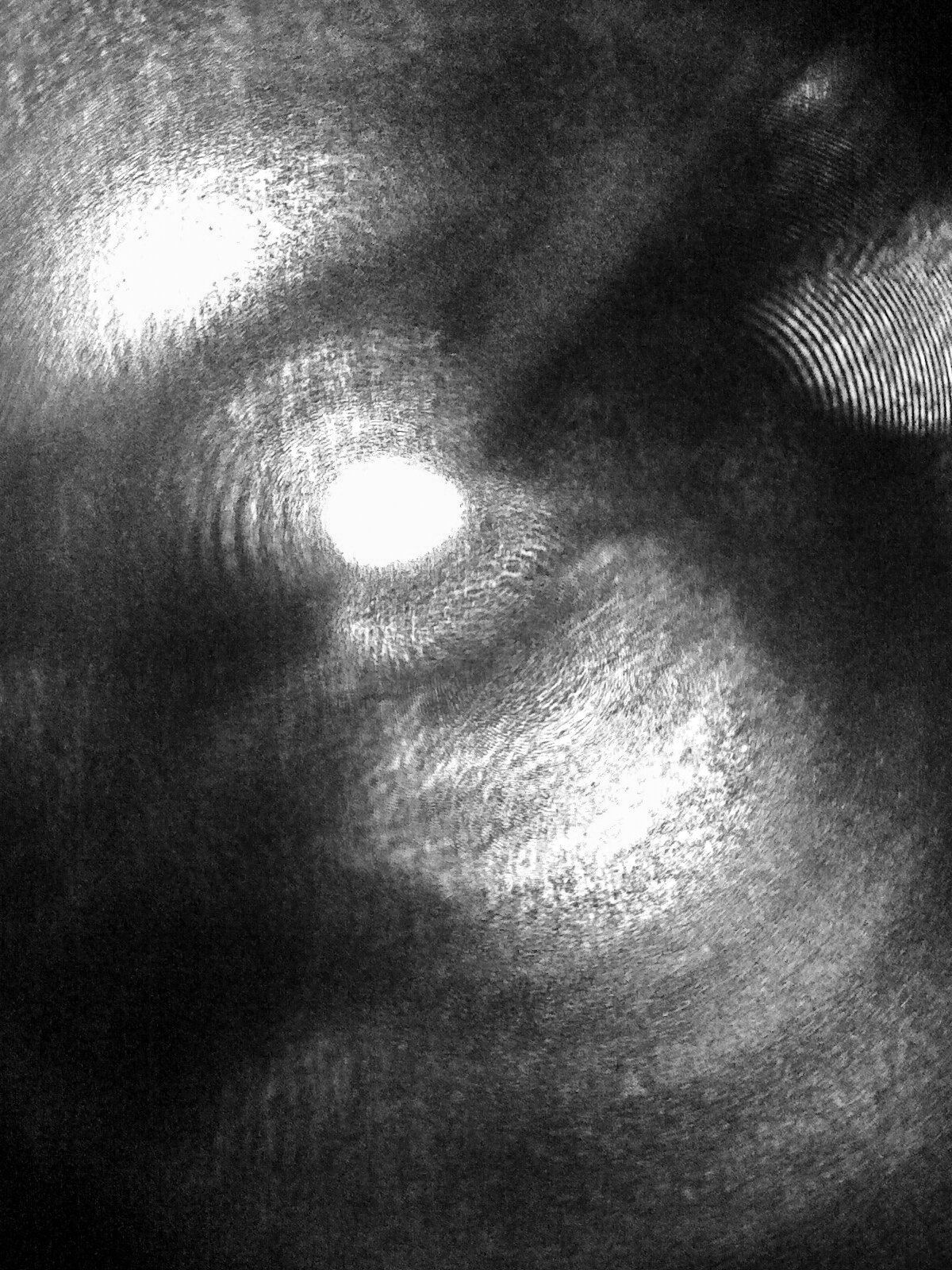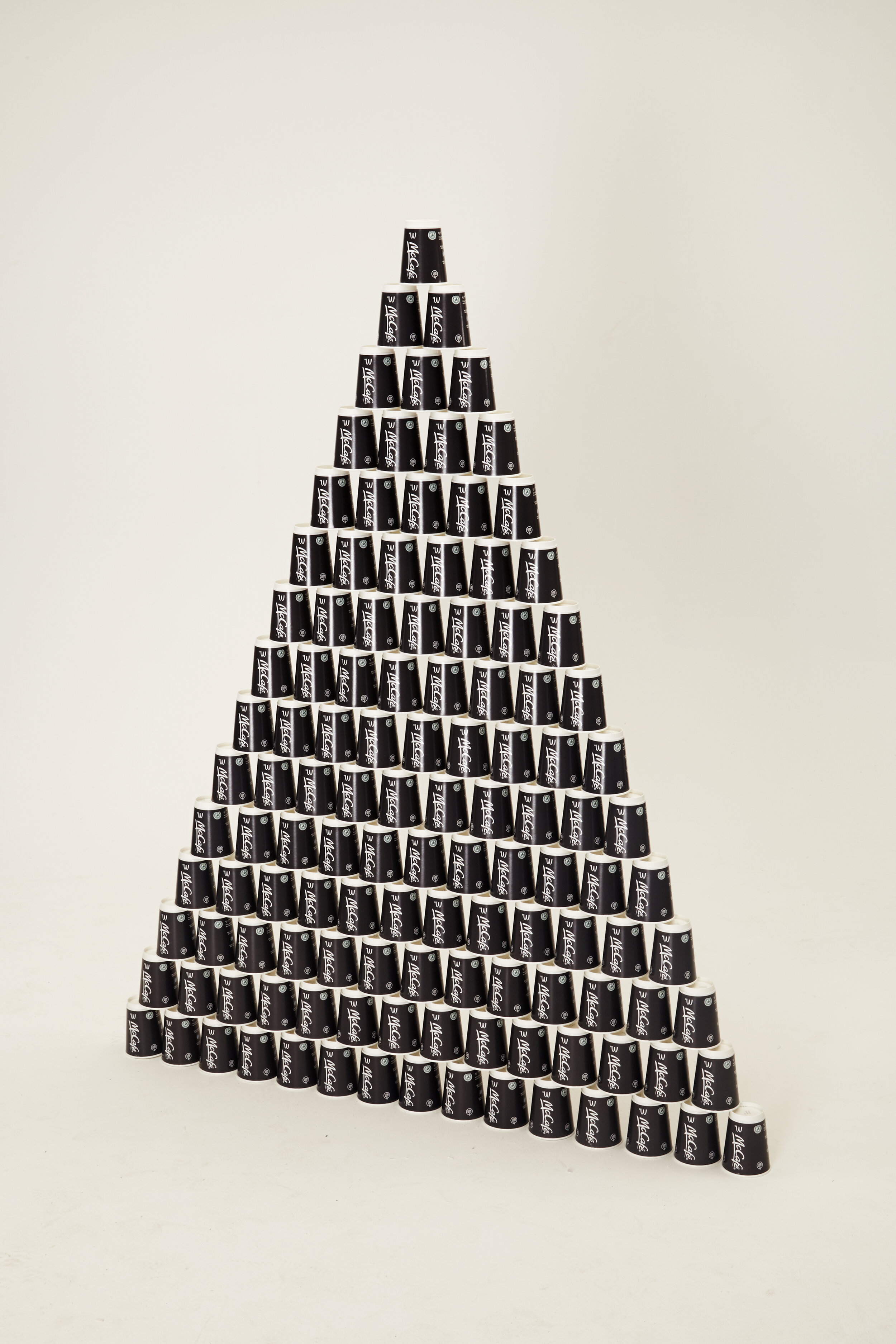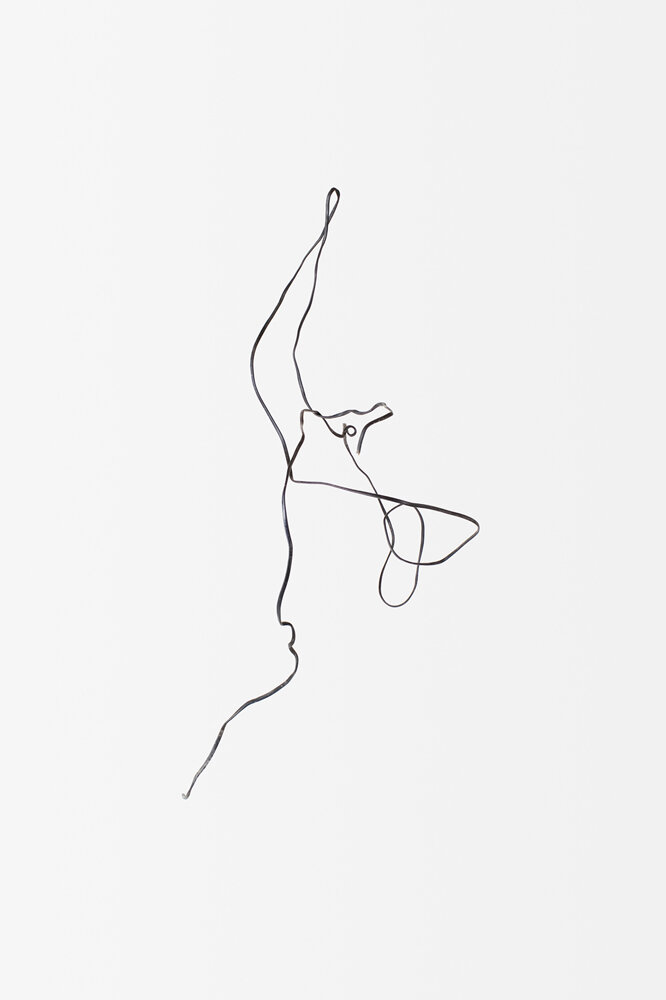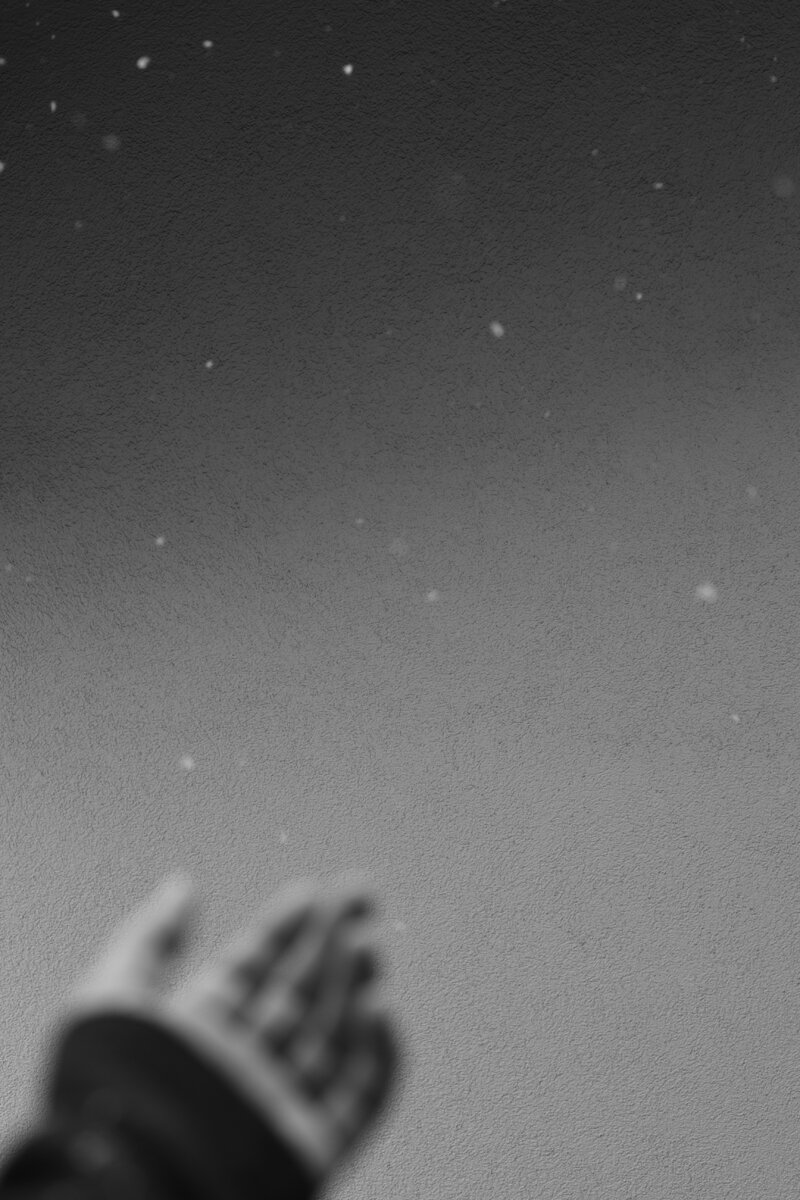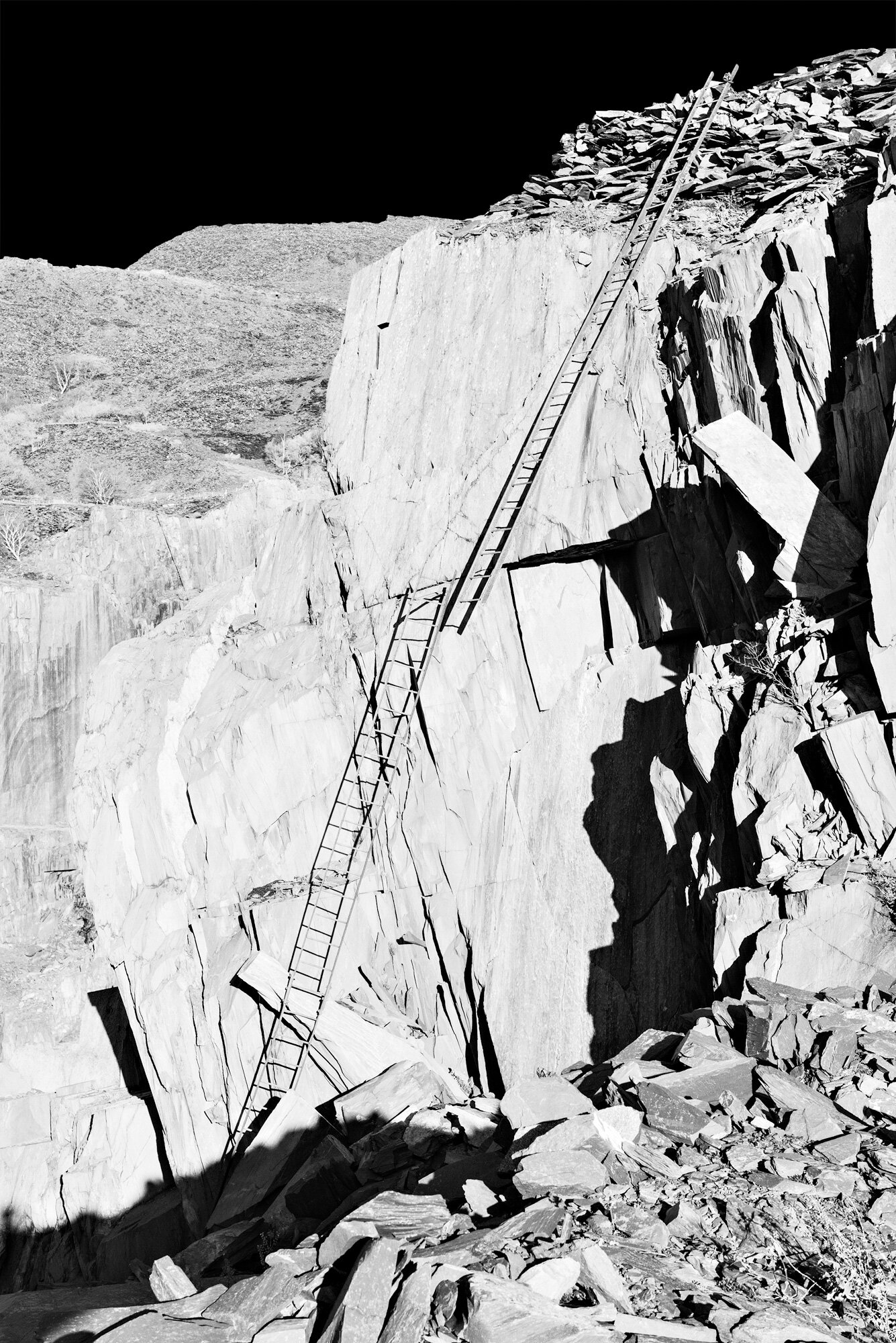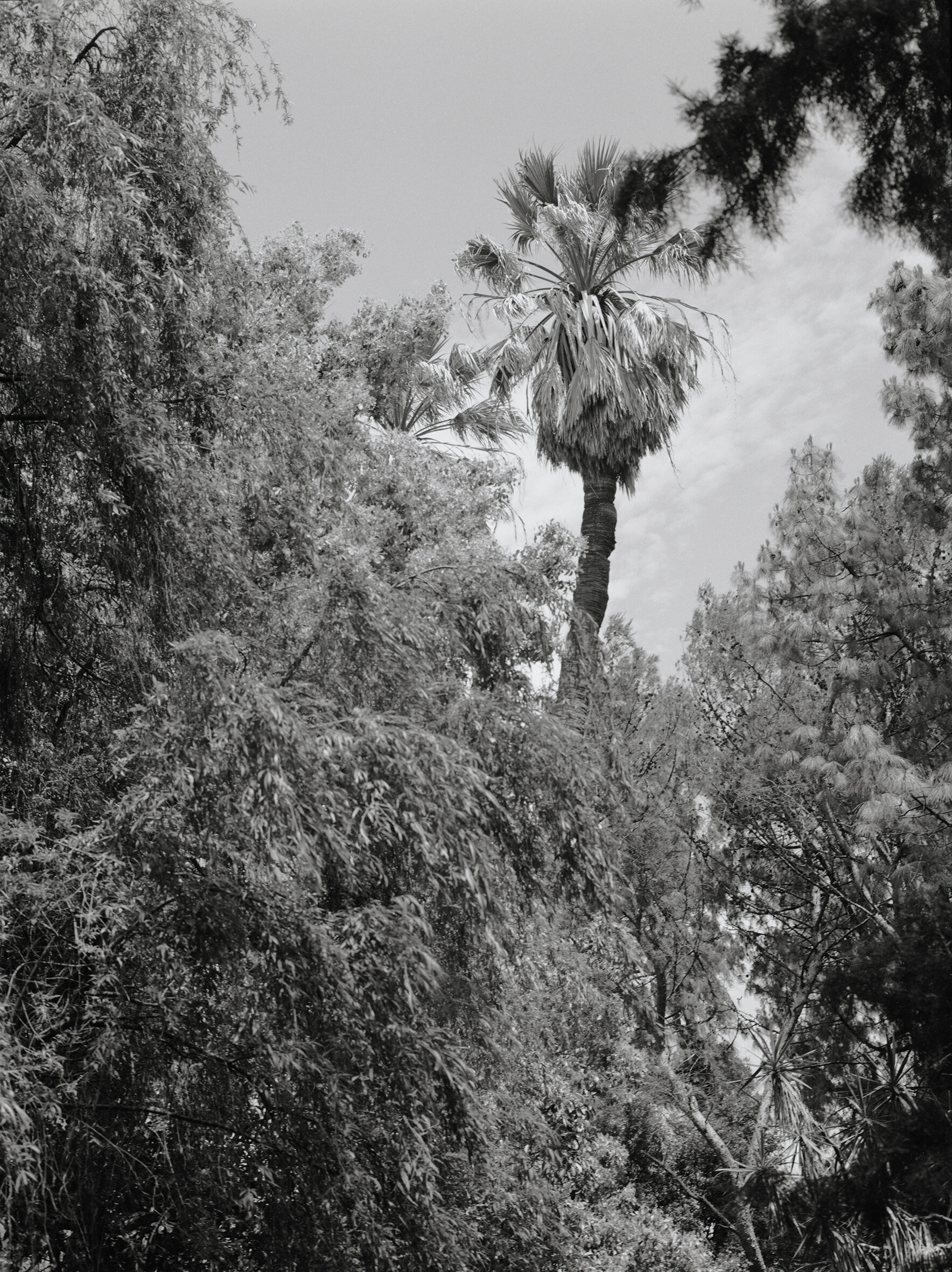Olivia Malena Vidal #28
COLLECTIVE 28
OLIVIA MALENA VIDAL
Collective focus on the artistic process of one emerging artist; we learn about their sculptural practice and how it relates to construction, deconstruction, or both. Questions by Joanna Cresswell.
Tell us about your process. What reference or influence (if any) do you take from other mediums? My process varies significantly depending on my goal. With this specific series, I was interested in the difference between the object and the image of the object. I was intrigued not only by the mental image (idea) that someone can have about an object, but also by its representation. Here, the idea of DNA was explored as a visual and mental theme. Everyone has an idea about what DNA is or how it looks like, but most of us have actually never really seen it. For that purpose, I built up a sculpture that resembles my own visual representation of DNA. I built it up very big, because DNA is actually something that one can only see with a microscope. By blowing up the size of its representation, and by taking pictures of the object, I wanted to suggest the idea of it. There are many things that form part of our general knowledge, but by looking at them closely, we realise that we actually don’t know anything about it. With the images, I want to confront the viewer to his own knowledge of the theme, not only on a visual level, but also on an intellectual one. Another thing that I find very interesting is that, with the images, the viewer has no way of knowing what are the dimensions of the object. The object becomes image, and the image becomes a personal interpretation and suggestion of the object. To conclude, I think I can definitely describe my work as investigative and playful at the same time. Here, my interest resides in the different relationships that I can create between sculpture and photography, but also the ones related to neurology, memory, and feeling. I destroyed the sculpture. So the only thing that is left of this object are the pictures of it, like memories of something that would have died.
Are these pictures concerned with exploring formal and aesthetical interests – studies of form, colour, movement, how things work together? I think that the main research with this series of pictures was mainly metaphorical, as it is a research on how an object takes a new form and has a new life thanks to the eye of the photographer and the medium of photography itself. It is of course an aesthetical research as well, because the object itself in reality looks actually totally different than in the pictures. I can give a new perspective on it by zooming into some parts, by emphasizing some forms and lines. Moreover, I believe that with the succession of the pictures, I can give the object some kind of movement, a new dimension. By only showing parts of the object, I can suggest the idea of it, and make the brain and memory of the viewer work in the sense that he or she might end up telling him/herself: These forms remind of something that I know, but what is it? When you know something so well, you end up not looking at it anymore…With the images, I can revisit any kind of subject and stimulate memory. I could say that in this way, the process is a bit experimental and almost scientific.
Are you a photographer or an artist using photography? I think that I am both. I definitely am a photographer, because I think in terms of images everyday. I also am an artist using photography in the sense that I like to combine photography with other media.
Does your work reflect on the medium of photography or the photographic image? If so, is that intentional? Yes, my work definitely reflects on the medium of photography and the photographic image most of the time. If there is something that I think (human, object, landscape, etc.) that is not going to be photographic, I do not take pictures of it. I already have a mental image of how it is going to look like if I take a picture of it. There is also a part of hazard of course, and I like to be surprised. Moreover, the limits and endless possibilities of the image as a starting point of reflection, but also as an obsession is definitely part of my work. There are things that can be photographed and others that cannot be photographed in my view. I see the image as a form of experience and I find some questions related to the world of the images absolutely crucial, such as where does an image come from? Or why is there a need to take images? And what does the image bring more than the reality? And what are the links that we can create between them, and so on. In this world dominated by technology and the overflow of visual data, I believe it is the task of the artist to explore and find ways of addressing these questions. I see the image as a result of a process. In this way, it becomes something very special and mysterious at the same time.
Typically, are your works more about construction or deconstruction? It is a process that involves both. I deconstruct reality with photography by fragmenting it into pieces and deciding what I want to show or not. Then, I re-build a new perception of reality that is personal. It’s a deconstruction reconstructed. I am definitely more interested in sculptural forms that I can create myself. Already existing forms also interest me, but in another way. I really like to construct everything in an image, from the beginning until the end.
Are you interested in the notion of your pictures as objects? Do you think about how their physicality may endure as you are photographing them or is that an afterthought? I believe that each picture can become an object as soon as it has a physical form. It can be a print, it can be a photo-scultpure (very trendy at the moment), it can be anything. I already think in terms of physicality and this is the reason I probably need to come back to painting and other media. There is a need to combine photography with other media in order to give it some kind of physical volume and depth. The image is always flat in the end.
Often sculptural photographic works are concerned with elevating banal objects, situations or events to a status of ‘art’ – when does something become art for you? I believe that everyone has his own definition of art. To me, it is a way of expressing my deep preoccupations, my darkest feelings, my happiest emotions. Something becomes art, as soon as there is someone to see it and to say that it is art to him. I believe that there is no history of art, but a history of gazes. It is just a question of aesthetics and trends. At a precise moment in time, some people suddenly say: this has to be considered as art, because it is what they need at this very precise moment. But if others saw the same thing at another point in time, they would probably not even look at it.
WWW.oliviamalenavidal.com
All pictures from Code of Life, 2016
Published October 2016











